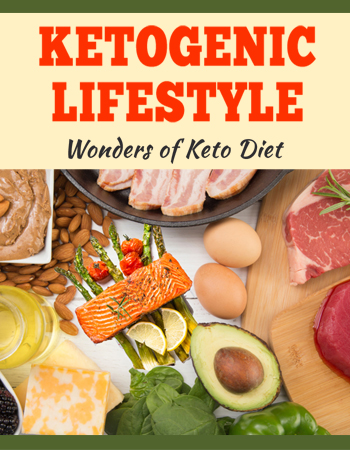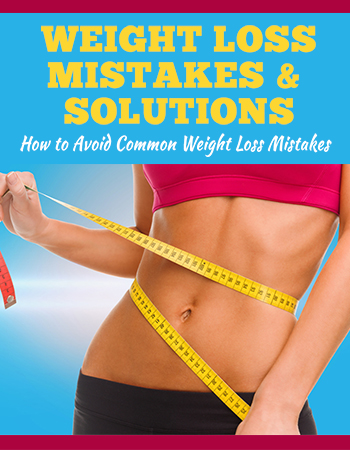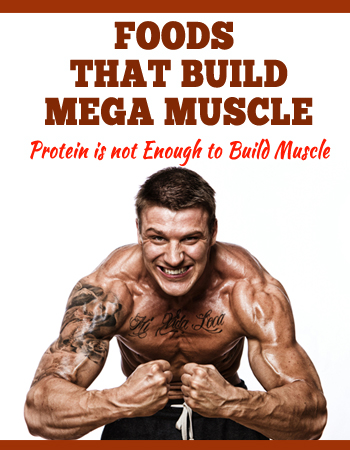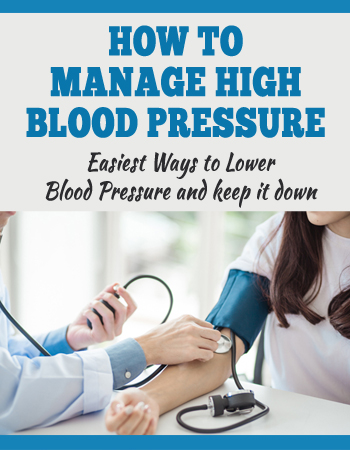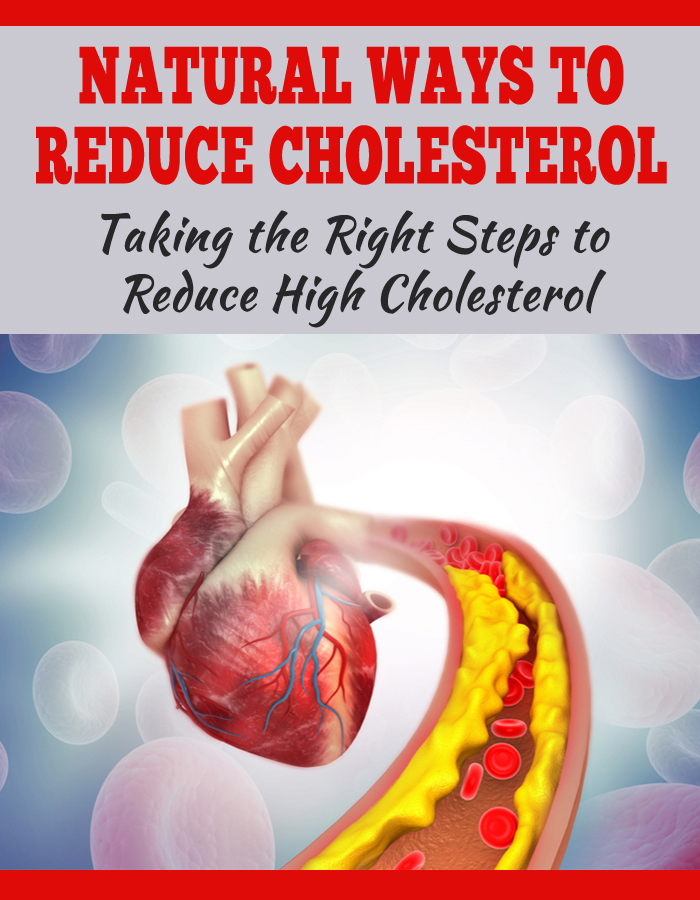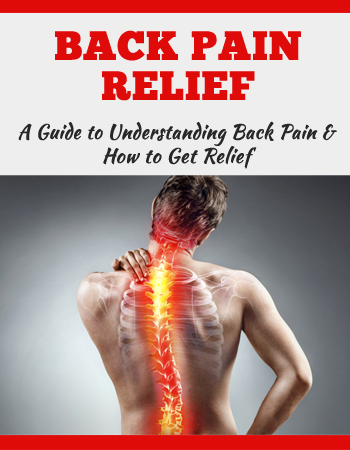For cooking, you can use various methods or techniques, for preparing varied food dishes. For example; steak and hamburgers are best if grilled, French fries are fried, muffins, cookies are baked and soup is boiled.
So, one needs to have a basic idea of which cooking method is right for which kind of food item i.e., one cannot prepare cookies by boiling or frying. Neither can you grill French fries? So in this video, we are going to discuss different methods or techniques of cooking.
Cooking Methods; The first category is moist heat methods and the second one is Dry-heat methods Now let’s discuss them in detail. Moist heat methods: In this method, a liquid is used as a medium to conduct heat.
Generally, water is used but one can also use water-based liquids such as stock, sauces, milk, or steam. These methods are specifically appropriate for preparing pasta, rice, pulses, and vegetables.
The different types of moist heat methods are: Boiling, Simmering Poaching, Steaming, Stewing, and Braising. Let’s talk about the first one i.e Boiling…. Boiling means cooking the food in boiling water or water-based liquid such as milk or stock.
As many a time, the liquid used is water-based and the boiling point of water is 100 degrees Celsius, so it is advisable to keep the temperature at 100 degrees Celsius. Boiling is most relevant to the vegetables.
Please note: In boiling, the food is completely immersed in the liquid throughout the entire span of the cooking time. In boiling, one can see several bubbles on the surface of the cooking utensil.
Generally, vegetable soups are prepared this way. Now similar to boiling we have Simmering and Poaching. Simmering: If we cook the food in liquid, just below the boiling point i.e., roughly around 85-95 degrees Celsius, then it is called Simmering.
Temperature is kept just below the boiling point but it is never allowed to boil. High-protein foods like meat and poultry fare much better when simmered. Poaching: In poaching, the temperature is kept roughly between 70-85 degrees Celsius.
It takes experience and practice to keep the temperature constant. So that neither it simmer nor start boiling. For example, eggs may be poached. Next, we have Steaming. Steaming As the name suggests it is cooking by steam under varying degrees of pressure.
For instance: (Low pressure steaming or at atmospheric pressure and high pressure steaming) Low-pressure steaming: Here, steam is used under normal conditions without any extra pressure means at atmospheric pressure.
The temperature will range from 100-105 degrees Celsius which is just above the boiling point. Such a steaming could be to two types: Direct steaming and indirect steaming Direct Steaming: Here, the food comes in direct contact with the Steam heat.
Usually, we prepare rice cakes i.e. Idli or dumplings, Momos this way. For example, this is a steamer. In the below portion we have boiling water and in the upper compartment, we place our momos in direct contact with steam.
Indirect Steaming: Here, the food is placed in a closed pan which is surrounding by plenty of steam from the fast-boiling water, and the food is protected from direct contact with steam to avoid water getting into the food.
Take the same example we took in the case of momos. If we close the holes of the upper compartment and closed the upper lid tightly or with grease paper or aluminum foil. then it will not allow the steam to get in touch with the food that is placed in the upper compartment.
A chocolate pudding is usually prepared this way… Next, we have high-pressure steaming. Here, equipment that doesn’t allow the steam to escape is used. As the steam is not allowed to escape by the equipment, the temperature inside the equipment increases causing thereby the cooking of the food.
Such a method also results in lower cooking time. As we see in a pressure cooker. We generally cook lentils and legumes this way. Now there is one more popular and modern method of steaming i.e Sous Vide: It is a French term that means Under Vacuum.
In this method, food is vacuum-sealed or packed in a plastic pouch or glass jar. Later that sealed pack of food is cooked in a water bath. Water is hot but never boils. Temperature is usually kept 55-60 Celsius for Red meat, 66-71 for Poultry, and higher for vegetables.
As food is cooked at a lower temperature, it is a slow process of cooking, which may take from 1 hour to 7 hours to cook food. In some cases, it may take up to 72 hours or more. Depend on the type of food and its thickness.
As food was vacuum-sealed, steam is trapped inside the plastic pouch or glass jar. Which evenly cook the food and retain its moisture and nutrition. One more traditional method similar to sous vide is En Papillote.
Which is also a French term that means “enveloped in paper”. In this method, food is put into a folded pouch or parcel and then baked. A pouch or parcel is usually made from parchment paper which can withstand normal baking temperature.
but other materials could be used such as aluminum foil, paper bag, and in some Asian regions banana leaves are used. This method is more popular for cooking fish. After cooking, This parcel may be opened directly before the guest on their table.
Note: in both methods, herbs/seasonings/spices are added before packing. I hope the concept of steaming is clear to you. Now let’s move to our next method i.e stewing. Stewing: It is a slow and long method of cooking in which food is cut into pieces and cooked in a minimum amount of liquid.
Here, the food is served with liquid. Such food which is served along with the liquid is also called a stew. For example chicken stew. Next we have Braising. Braising: Another method similar to stewing is Braising.
It is also a long, gentle, and slow cooking process. In this method, food is first sautéed or sheered in a very small amount of fat or oil to brown its surface and enhance its flavor. Sautee is a type of frying that we will learn during dry heat methods.
After sauteeing, a certain amount of liquid is added usually a stock. Then finished in enclosed container.. usually in an oven. And like stewing served with that liquid which is reduced to very little.
Enclosed container like covered pan, casserole, or cocotte can be used. Also, note one thing; this method uses both dry heat (as food is first sautéed in fat/oil) and moist heat (as later cooking is finished in liquid).
Example is on your screen. Now, what is the difference between braising and stewing? The key difference is the cuts of meat. In braising we use cheaper and larger cuts of meat while in stewing smaller and uniform cuts are used.
In stewing meat, cuts are totally immersed in liquid and finished on the stovetop. In braising a small quantity of liquid is used which is reduced further and braising is usually finished in the oven.
Please note: in both cases, A tight-fitted lid should be used during cooking to retain the juices and the flavors. Also, some people consider braising as pot roasting which we will discuss in the latter part of the video.
Now we have covered our moist heat methods. Lets move to the second category i.e Dry heat methods. In dry heat methods, heat is transferred through hot air or fat/oil. The methods are suitable for foods that are rich in proteins like meat, fish, and seafood as well as where a crust i.
e., a brown outer appearance is desired. The dry heat methods are further classified into two groups. First, where oil or fat serves to be medium, and second where hot air is the medium of cooking.
First, let’s take into account the method using dry heat/hot air: In this method hot air, hot metal rod/plate, or radiation is used to cook food. For instance, Baking, grilling, and roasting.
Baking: In this method, food is prepared by dry heat, typically in an oven. Temperature normally varies between 120-250 degrees Celsius. Here, no additional fat is required to cook food. Some examples of baked items are Cakes, pastries, pieces of bread, muffins, etc.
Next, we have Grilling: Grilling is cooking by radiant heat or direct heat which could be from above, below, or from the side. Best suited for pork chops, seafood, hamburgers, hot dogs, and other thin cuts since the intensity of the fire is high.
The food which is to be cooked is put on a grill or grill pan. Based on the direction of heat, it may be of three types: Overheat, Underheat, and in-between heat. Overheat: when the source of heat is below the food i.
e., food is over the heat then it’s called overheat grilling. As you can see in this picture. It is an example of overheat grilling. The grill bars which are under the food are pre-heated and brushed with fat or oil to avoid sticking food on the grill bars.
Under heat: Now if the food is below the heat source then it’s called underheat grilling. In the United States, such underheat grilling, where food is grilled below the heat source is called broiling and the pan which is used for broiling is called broiler pan.
An example of overhead grilling equipment is Salamander. Salamander is the equipment used for broiling. In-Between heat: In this, the heat source is on both sides, and food is placed in between.
the way bread is grilled in a bread toaster. Further, there is also a similar term to grilling i.e., Barbecuing. Sometimes, the terms are used interchangeably. The very difference is that grilling is cooking food hot and fast near about 260-290 Celsius whereas barbecuing is cooking at low heat and quite a slow process usually 110 Celsius or lower.
Barbecuing is generally done with indirect heat as compared to direct heat in grilling. Charcoal and wood are commonly used heat sources for barbecuing. So, Grilling is cooking fast over high heat while barbecue entails a slow cooking process with low heat and over indirect heat.
Please note, here, fat may or may not be added to the food while cooking. Next, we have Roasting: Roasting refers to cooking food with radiation from a heat source such as an open fire or spit.
Additionally, now we also opt for oven roasting which is a combination of convection and radiation. For more details on heat transfer watch the video on different methods of heat transfer. Next, we have Spit Roasting: In this, the food is cooked over a spit or open fire, in direct contact with the flame of a clear, bright fire.
During roasting the food is slowly rotated over the heat and cooking takes place with radiant heat and convection of air, all depending upon the position of food over the fire. Usually, large meat joints are cooked by this method.
The more modern version of spit roasting is Rotisserie. In this, the meat is skewered onto a metal road that slowly rotates automatically in front of the heat that is produced either by electric filaments or by gas burners.
Next, we have pot roasting which is more suitable for larger joints or cuts (especially of beef). The meat is first sautéed or seared in a little butter/oil till it gets golden brown color, then placed on a bed of root vegetables covered in a deep pot without any, or with barely any liquid.
The pot is tightly covered and the meat is cooked gently. Note: Pot roasting may be done in a pot or pressure cooker, in a Bratt kettle, and maybe finished in an even. Now one of the similar terms related to Pot Roasting is Poeling.
In poeling meat is placed inside a closed container in melted butter. No liquid is added. As food is cooked in an enclosed container, moisture will be retained and food gets cooked in its own juices.
In poeling, two terms are widely used. Encasserole and Encocotte. Encasserole is where food is cooked only in butter without vegetables. Once finished cooking meat is withdrawn and served with brown stock in an earthenware utensil.
In Encocotte procedure remains the same, except the meat, is garnished with vegetables cooked separately in butter such as small onions, mushrooms, etc. Now, what’s the difference between pot roasting and poeling? There are two major differences between Pot Roasting and Poeling.
In poeling meat is not seared/sautéed before cooking as in the case of pot roasting. In Poeling, butter is used as the main liquid to cook meat. Now many of the professionals also get confused in three terms.
i.e Pot Roasting, Stewing, and Braising. In stewing meat/food is completely immersed in water, while in braising some amount of liquid is required and in pot roasting very small quantity of liquid may or may not be required.
Full roast is pot-roasted or you can say use a whole piece of meat, steaks and similar cuts (short ribs) are braised, cubes and dices are stewed. But in my opinion, braising and pot roasting can be used interchangeably….
. One more method is left in roasting i.e Tandoor. In this method, a clay oven called tandoor is used. The source of heat is at the bottom of the tandoor but the heat gets distributed evenly due to the clay.
Additionally, it provides a smoky flavor to the dish. Well, this was all about roasting and different methods of roasting. Now let’s move to the second category of Dry heat method using fat/oil: Here, fat or oil serves as the medium of cooking and is known as Frying.
Frying is an art of cooking where the food is either partially or fully submerged in fat/oil until the food gets golden brown in color along with crispness and a moist interior. The varied categories to Frying are: Sautéing Pan-frying Shallow frying Deep Frying Stir-frying To have a fine understanding of these methods, please tap on the eye button above, and a link is also provided in the description below.
There I described the complete frying and frying techniques in detail. Now some people also consider Radiation cooking as a modern method of cooking. In radiation cooking, food is cooked via the energy waves, emitted by the other object in terms of electromagnetic radiation.
In cooking, we usually follow two types of electromagnetic forms; Infrared radiation and microwave. In the market, you will find many infrared ovens which work as multipurpose appliances. You can cook a variety of dishes with different cooking methods.
Like baking, grilling, roasting, etc. While microwave ovens are very popular for defrosting and reheating pre-cooked food/meat. You may also find the ovens which work on both types of electromagnetic radiations i.
e infrared and microwave. Now do note one thing: In my opinion, this radiation works as a heat source, I do not consider these as methods of cooking. To gain a full understanding of the concept, go and check my video on heat transfer methods.
A link is in the description. Well, guys that was all about cooking methods. I tried my best to cover all the methods available and also compare similar cooking techniques. If you know any other cooking method or technique comment down below.
======================
Cooking and food. Who doesn’t love Great Cooking, Amazing Food and the Gods Gift of Fine Wine. Be sure to come back to this very Category Page. While we are cleaning up and improving things, this is a huge category that will be updated with so much more. Cooking, food and wine is a huge part of our lives. There is so much more to be added here. We have added several selections to help you enjoy all of this here below:
Churros! Yes you have to see this. Everyone loves Churros. And this (DIY Kit Galore) do it yourself or bake and serve option is going to allow Churros to be hot and delicious for all types of events. Or just because. See the Churro Fun Here:
This is a huge category page in the works. Be sure to check back as we add more and more items to it. We are all about the food and cooking of life. It is a huge part of our life and we are looking to transform and add so much more to this Category Page. When it comes to everything we do here, there is a huge love and affinity for something. Want to see it? I’ll give you a link for it right here. Be sure to take it in, and get the education provided. It is a huge part of our lives and we hope you join it with us. What a powerful part of this entire System and work that we do here.


